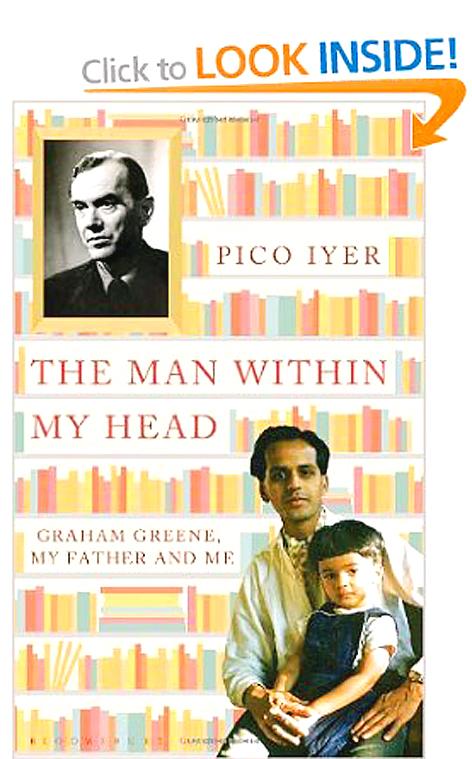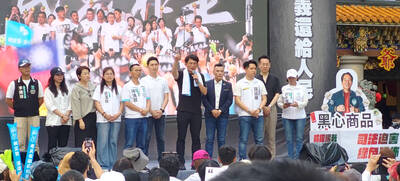I wish I could be more enthusiastic about this book. It’s a strange compilation of autobiographical excerpts combined with thoughts about the UK novelist Graham Greene. It doesn’t come to any conclusions, or even have much in the way of cumulative direction. Instead, it’s a patchwork of thumb-nail sketches in the laid-back Iyer style. I looked for fire in its belly, but in vain.
Yet on the face of it Pico Iyer is the most unobjectionable of men. He’s equable, disinterested, widely-read and charitably disposed. His tolerance seems to know no bounds. But despite this, I found myself only able to read a few of his pages before I was compelled to lay the book aside and turn to something else.
I feel obliged to explain this reaction. One possibility is to do with strength. The great US critic Harold Bloom frequently uses this as a criterion in his magisterial surveys of past literature. Dante as a writer is strong, he’d say, for this and that reason. Greatness comes, in other words, from strength, not kindness or generosity or compassion. The greatest writers were the strongest ones, and authors characterized by lesser virtues were inevitably consigned to some lower position on the slopes of Parnassus.

And the more I thought about it, the more I found myself agreeing. Iyer is a congenial writer, but he isn’t a strong one. Maybe this is because he’s too nice. In a celebrated TV interview with Malcolm Muggeridge, Somerset Maugham gave it as his opinion that writers weren’t necessarily very nice people. “But haven’t there been some nice ones?” asked Muggeridge. “Quite nice, perhaps,” replied Maugham.
And the problem with Iyer, it seems to me, is that he is so inveterately reasonable. Whereas Evelyn Waugh might express the most reactionary views, Hunter S. Thompson recount the most outrageous drug experiences, Paul Theroux insult all and sundry at the drop of a hat, and Michel Houellebecq court legal action with quasi-racist opinions, Pico Iyer is, page after page, flawlessly nice to, and about, pretty well everyone.
elusive read
The Man Within My Head (now in paperback) has considerable virtues, even if in the final analysis I find it hard to say exactly what it’s about. But there is something about Pico Iyer’s style that I find hard to come to terms with, a certain modesty that, perhaps, sails too close to false modesty. Let me give two examples.
Early on in the book he describes his experiences at a British public school. This is quite clearly Eton College, the UK’s most famous and exclusive educational institution. Some of its features, such as the first lesson of the day taking place before breakfast, and the peculiar clothes both staff and pupils are obliged to wear, are quite unique, and anyway you can see that Iyer attended Eton from any Internet biography. Yet he refrains from naming it during the description. Why?
Similarly, in another passage he recalls a conversation with the author Paul Theroux. It’s certain it is Theroux he’s talking to because Iyer names some of his books. But, again, he declines to say so, referring to him merely as “Paul” throughout. Again, why?
Is Iyer trying to imply, in a way he knows in advance won’t succeed, that he’s from a less affluent or prestigious background than he really is, or that he’s not on familiar terms with one of the most famous writers on the planet?
As for Graham Greene, I have to admit that, if asked to state what Pico Iyer has to say about him in this book, I couldn’t come up with any hard and fast answer. One quotation does stick in my mind. “There are no bad guys in his books … but no one’s entirely good either.” And there are fascinating details — that Kingsley Amis called him “grim grin”, and that he once entered a competition for a pastiche of the Greene style and won it. His relations with his various lovers are also treated with sensitivity and insight. Yet the overall picture remains indistinct.
At one point Iyer states that he’s not interested in Greene and politics, Greene and religion or Greene the alleged spy. So what is he interested in? He certainly makes Greene out to be elusive, but his own reasons for taking him as the subject for half a book remain essentially elusive as well.
The shadowy nature of Iyer’s picture of his father is important — Greene is, in some way, a substitute father for him. He certainly makes it clear that Greene was a mentor when it came to spending lonely nights in foreign hotels, in being in some way essentially homeless. His father, an academic enthusiast for Neo-Platonist philosophy, was very different.
But it was Iyer’s literary persona that rankled with me. This book contains episodes in Bolivia, Ethiopia, Bhutan, California and the UK, but the style is unvarying. It’s a pastel, even watercolor, style which gives the impression of the gifted adolescent, full of promise, who can’t put a foot wrong. After a time this evokes a world where nothing ever causes too great a sensation. Even the burning down of his California house doesn’t upset this author unduly. And though there’s a certain drama in a New Year’s Day road accident in up-country Bolivia, it doesn’t count for much when considering the work as a whole.
The book’s title suggests an illuminating comparison — with J.R. Ackerley’s My Father and Myself (1968), an utterly extraordinary account of someone discovering the truth about a parent. But we learn little about Iyer’s father, let alone his connection with Graham Greene (someone Iyer says he never mentioned). This mix of soft-focus subject matter and bland style results in my wondering if I haven’t missed the point of this strange book entirely.

June 2 to June 8 Taiwan’s woodcutters believe that if they see even one speck of red in their cooked rice, no matter how small, an accident is going to happen. Peng Chin-tian (彭錦田) swears that this has proven to be true at every stop during his decades-long career in the logging industry. Along with mining, timber harvesting was once considered the most dangerous profession in Taiwan. Not only were mishaps common during all stages of processing, it was difficult to transport the injured to get medical treatment. Many died during the arduous journey. Peng recounts some of his accidents in

“Why does Taiwan identity decline?”a group of researchers lead by University of Nevada political scientist Austin Wang (王宏恩) asked in a recent paper. After all, it is not difficult to explain the rise in Taiwanese identity after the early 1990s. But no model predicted its decline during the 2016-2018 period, they say. After testing various alternative explanations, Wang et al argue that the fall-off in Taiwanese identity during that period is related to voter hedging based on the performance of the Democratic Progressive Party (DPP). Since the DPP is perceived as the guardian of Taiwan identity, when it performs well,

The Taiwan People’s Party (TPP) on May 18 held a rally in Taichung to mark the anniversary of President William Lai’s (賴清德) inauguration on May 20. The title of the rally could be loosely translated to “May 18 recall fraudulent goods” (518退貨ㄌㄨㄚˋ!). Unlike in English, where the terms are the same, “recall” (退貨) in this context refers to product recalls due to damaged, defective or fraudulent merchandise, not the political recalls (罷免) currently dominating the headlines. I attended the rally to determine if the impression was correct that the TPP under party Chairman Huang Kuo-Chang (黃國昌) had little of a

At Computex 2025, Nvidia CEO Jensen Huang (黃仁勳) urged the government to subsidize AI. “All schools in Taiwan must integrate AI into their curricula,” he declared. A few months earlier, he said, “If I were a student today, I’d immediately start using tools like ChatGPT, Gemini Pro and Grok to learn, write and accelerate my thinking.” Huang sees the AI-bullet train leaving the station. And as one of its drivers, he’s worried about youth not getting on board — bad for their careers, and bad for his workforce. As a semiconductor supply-chain powerhouse and AI hub wannabe, Taiwan is seeing